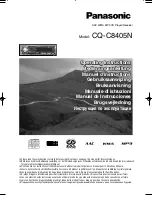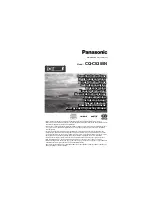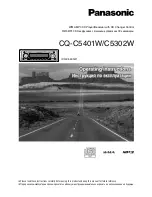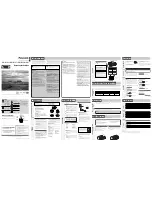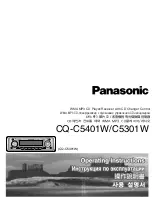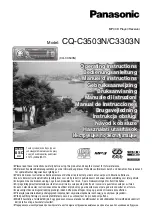
GB
8
2. The wire which is coloured brown must be con -
nected to the terminal which is marked with the
letter L or coloured red.
3
Applications
In combination with a wireless microphone, the multi -
frequency receiver TXS-871 makes up a wireless
audio transmission system which is ideally suited for
musicians and live performance on stage. The wire-
less transmission of music or speech to the audio
system ensures the musicianʼs freedom of movement
during the performance.
The True Diversity* receiver operates in the UHF
frequency range of 863 to 865 MHz. Within this range,
the audio transmission frequency can be selected as
desired (frequency spacing 125 kHz).
The following transmitters from the product range of
“img Stage Line” can be used:
TXS-871HT
order no. 25.3610
Hand-held microphone with integrated multifre-
quency transmitter for the frequency range of
863 to 865 MHz
TXS-871HSE
order no. 25.3620
Multifrequency pocket transmitter for the frequency
range of 863 to 865 MHz, suitable for connecting a
headband microphone or a tie-clip microphone
To increase the range and the interference immunity, it
is possible to use the antenna amplifier set TXS-
870BOOST (order no. 15.0080) available as an acces-
sory instead of the antenna pair supplied. The ampli-
fiers are supplied with power via the antenna jacks of
the receiver.
3.1 Rack mounting
For insertion into a rack for units of a width of 482 mm
(19″) the hold er RCB-870 (order no. 24.2830) which is
able to accept a maximum of two receivers is available
as an accessory. The holder requires a height of 1 rack
space (= 44.5 mm).
4
Connection
1) Insert the two supplied antennas (6) into the BNC
antenna jacks ANT. 1 and ANT. 2 (11) and put them
in a vertical position.
2) For connecting the subsequent unit (e. g. mixer) the
receiver is provided with two audio outputs:
AF OUT. BAL. (10) = balanced XLR output for con -
necting a balanced microphone input
AF OUT. UNBAL. (9) = unbalanced 6.3 mm output
jack, for connecting a line input (a matching
connection cable is supplied with the unit)
If the subsequent unit is provided with a balanced
microphone input, the XLR output should be used
for an optimum signal transmission.
Make the corresponding connection to the sub-
sequent unit. Do not switch on the subsequent unit
or do not advance the corresponding fader on the
mixer before the microphone system has com-
pletely been switched on.
3) Connect the supplied power supply unit to the jack
(8) for the power supply (12 V
/200 mA) and the
mains plug of the power supply unit to a socket
(230 V~/50 Hz).
5
Operation
1) Switch on the receiver with the POWER switch (5)
[keep the button pressed for approx. 1 s].
The frequency indication (i) in the display (2)
shows the reception frequency currently adjusted.
As long as the unit does not receive a radio signal
from the transmitter on the adjusted frequency, it is
muted [MUTE (h) is inserted].
2) Switch on the transmitter (TXS-871HT or TXS-
871HSE). If the transmitter and the receiver have
been adjusted to different frequencies, adjust the
receiver to the frequency of the transmitter either
manually or via the automatic frequency scanning
→
see chapter 5.1.
If the transmitter and the receiver have been
adjusted to the same frequency, the muting is deac-
tivated [MUTE (h) disappears]. One of the indica -
tions
or
(g) lights up to indicate which of the two
separate receiving parts of the unit respectively
receives the more powerful radio signal. The bar
graph RF (c) indicates the reception quality: the
more segments on the bar graph, the better the
reception.
If the reception is too poor, check if
a the batteries of the transmitter are exhausted.
The battery symbol (d) in the display indicates
the current charging status of the batteries of the
transmitter:
fully charged
exhausted
b the distance between the transmitter and the
receiver is too long.
c the reception is disturbed by objects in the trans-
mission path.
Transmitter and receiver should be placed at a
minimum distance of 50 cm from metal objects
and potential sources of interference, such as
e. g. motors or fluorescent tubes.
If the units are to be put out of operation de -
finitively, take them to a local recycling plant
for a disposal which is not harmful to the envi-
ronment.
A
B
*
True Diversity technique:
The transmission signal is received by two antennas and then sep-
arately processed in two receiving parts. The better signal
re -
spectively of the two receiving parts is sent to the outputs by the
electronics.
























